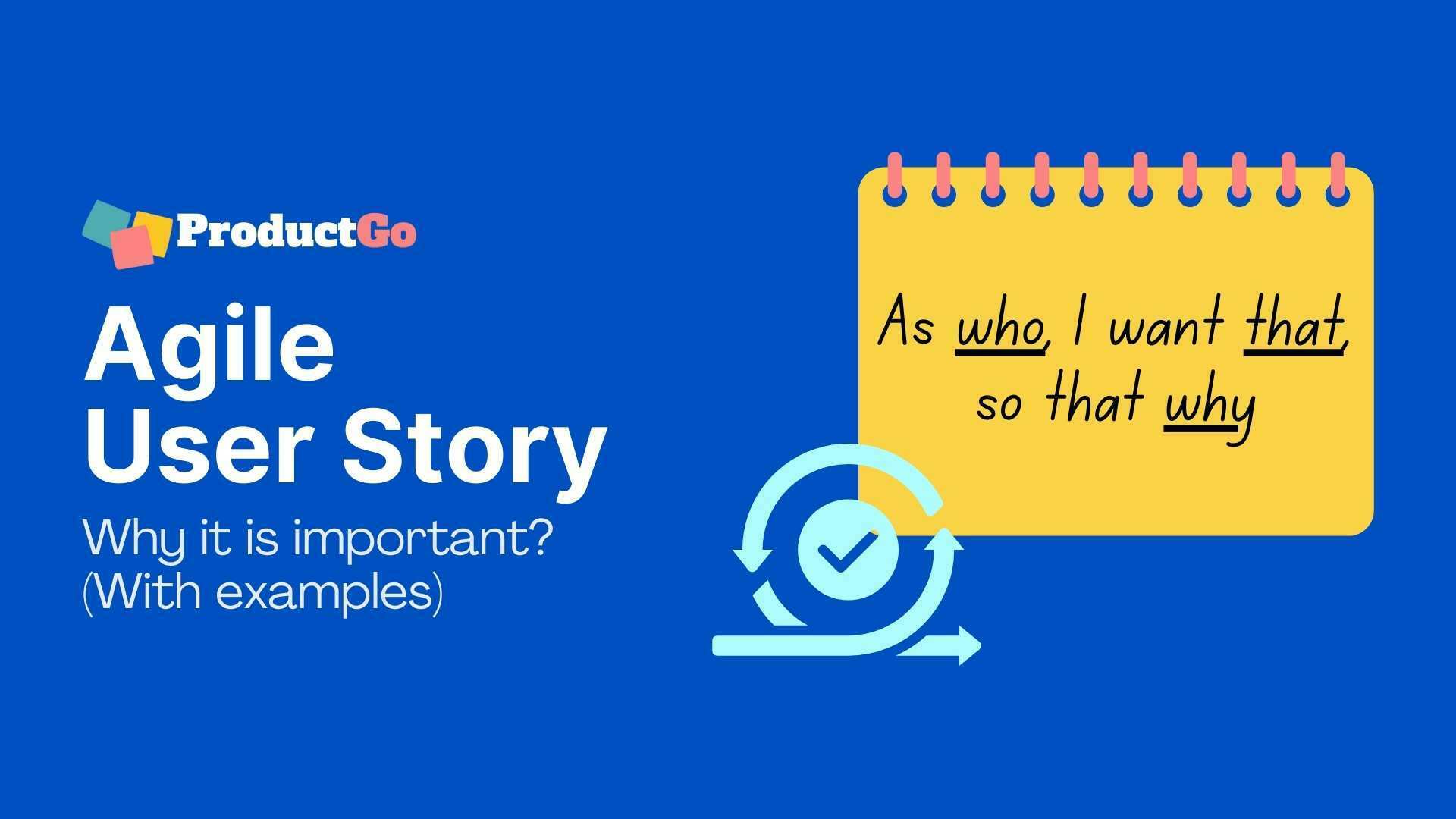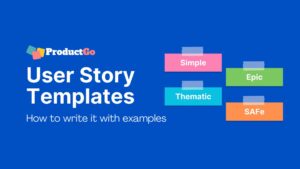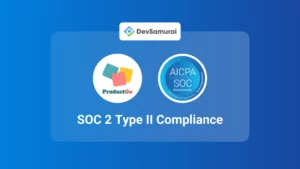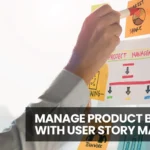In the ever-evolving landscape of software development, Agile methodologies have become synonymous with adaptability and customer-centricity. At the heart of Agile lies the concept of the “User Story,” a dynamic tool that bridges the gap between user expectations and software development.
In this exploration, we delve into the significance of Agile User Stories, shedding light on their role in shaping user-focused development practices.
Table of Contents
What is an Agile User Story?
An agile user story is a small unit of work in an agile framework that describes an end goal from the software user’s perspective. It is an informal and general explanation of a software feature that is written from the perspective of the end-user or customer.
A user story is not a feature, but an end goal expressed from the user’s perspective. It is a development task that is often expressed as “persona + need + purpose”. The purpose of a user story is to articulate how a piece of work will deliver a particular value back to the customer.
User stories are one of the core components of an agile program. They help provide a user-focused framework for daily work, which drives collaboration, creativity, and a better product overall.
→ Related: What is a User Story and why is it important?
Why User Story is important to Agile?
User Stories are important to Agile for several key reasons, as they play a central role in the Agile development process. Here are some of the primary reasons why User Stories are crucial to Agile methodologies:

User-Centric Focus
User Stories put the focus on the needs and perspectives of end-users or stakeholders. By framing requirements in terms of user goals and benefits, development teams can ensure that they are delivering software that directly addresses user needs and provides value.
Improved Communication
User Stories serve as a communication tool that bridges the gap between business stakeholders and development teams. They provide a common language for discussing and documenting requirements, making it easier for all parties to understand what needs to be built.
Flexibility and Adaptability
Agile methodologies prioritize flexibility and the ability to respond to changing requirements. User Stories are lightweight and easy to modify, allowing teams to adapt to evolving customer needs and market conditions quickly.
User Stories help prioritize work based on user needs and business value. Agile teams can rank and order User Stories within a product backlog, enabling them to focus on the most critical and valuable features first.
Measurable Progress
User Stories provide a clear way to measure progress. Teams can track how many User Stories have been completed in each sprint, allowing for better predictability and planning.
Validation of Assumptions
User Stories encourage teams to validate assumptions about user needs and requirements through continuous feedback and testing. This helps in reducing the risk of building features that may not meet user expectations.
User stories help Agile teams build software that aligns with user needs and business objectives, leading to successful and customer-focused outcomes.
Steps to create user stories
The process of creating Agile User Stories involves several steps to ensure that the stories are well-defined, actionable, and aligned with user needs. Here are the steps to create User Stories:
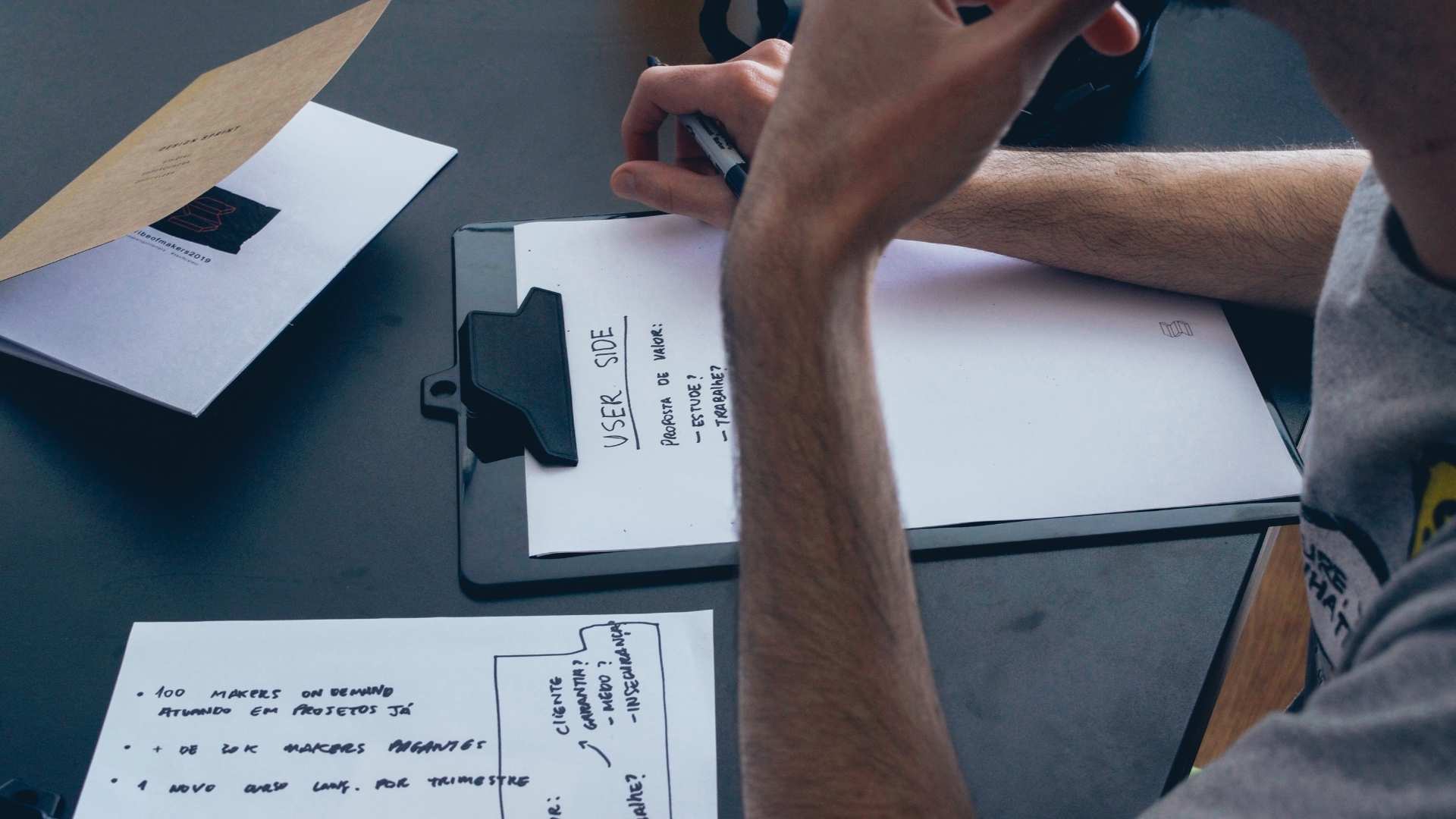
Identify the User or Customer (Who)
Think about the end-user or customer who will be using the feature. This will help you to create a user story that is focused on their needs and requirements.
- Begin by identifying the specific user or customer who will benefit from the feature or functionality. This user is often referred to as the “persona.”
- Understand the user’s role, needs, and goals within the context of the software being developed.
- Ensure that the user or customer is someone who will directly interact with or benefit from the feature.
Define the Feature (What)
Once you have identified the user, think about the feature that will provide value to them. This feature should be something that solves a problem or meets a need that the user has.
- Clearly define the feature or functionality that will provide value to the identified user or customer.
- Use clear and concise language to describe what the feature is expected to do or the problem it should solve.
- Avoid technical jargon and focus on describing the feature in a way that is understandable to both technical and non-technical team members.
Articulate the Value (Why)
It’s important to articulate the value that the user will receive from the feature. This will help you to create a user story that is focused on delivering value to the customer.
- Articulate the value that the user or customer will receive from the feature. Explain why this feature is important and how it aligns with the user’s goals or needs.
- Emphasize the benefits and outcomes that the user will achieve by using the feature.
- Ensure that the value proposition is compelling and directly tied to the user’s context.
Collaborate with the Team (Discuss a Story)
Once you have created a user story, it’s important to collaborate with the team to refine it and ensure that it is well-defined and achievable. This will help to ensure that the user story is realistic and can be completed within the given time frame.
User Stories examples
Here are some examples of user stories to illustrate their versatility in various contexts:

E-commerce Website
As an online shopper, I want to view product ratings and reviews so that I can make informed purchasing decisions.
Acceptance Criteria:
- Ratings and reviews should be displayed on the product detail page.
- Users should be able to filter reviews by rating or relevance.
- Only verified purchasers should be able to submit reviews.
Project Management Tool
As a project manager, I want to assign and track tasks to team members so that I can ensure project progress and allocate resources effectively.
Acceptance Criteria:
- Project managers should be able to assign tasks to specific team members.
- Team members should receive notifications of their assigned tasks.
- The tool should provide a visual representation of task status (e.g., to-do, in progress, completed) on a project dashboard.
Healthcare App
As a patient, I want to schedule medical appointments online so that I can easily access healthcare services at my convenience.
Acceptance Criteria:
- Users should be able to view available appointment slots for specific healthcare providers.
- Users can select a preferred date and time for their appointment.
- Appointment confirmations and reminders should be sent via email or text message.
Each story encapsulates a specific feature or functionality, making it easier for Agile teams to prioritize and develop software iteratively, delivering value to users at every stage of development.
→ Related: User Story Template: How to write it with examples
Sum Up
In the world of Agile software development, the User Story emerges as a guiding light, directing teams toward user-centricity, collaboration, and adaptability. It represents not just a piece of functionality but a promise to deliver value to the end-user.
The importance of Agile User Stories in Agile methodologies is undeniable. They facilitate a shared understanding among diverse team members, bridge the communication gap between stakeholders and developers, and ensure that development efforts are aligned with user needs and business objectives.

